
Ellie Rae Hunter
Take Yours And Give Me Mine
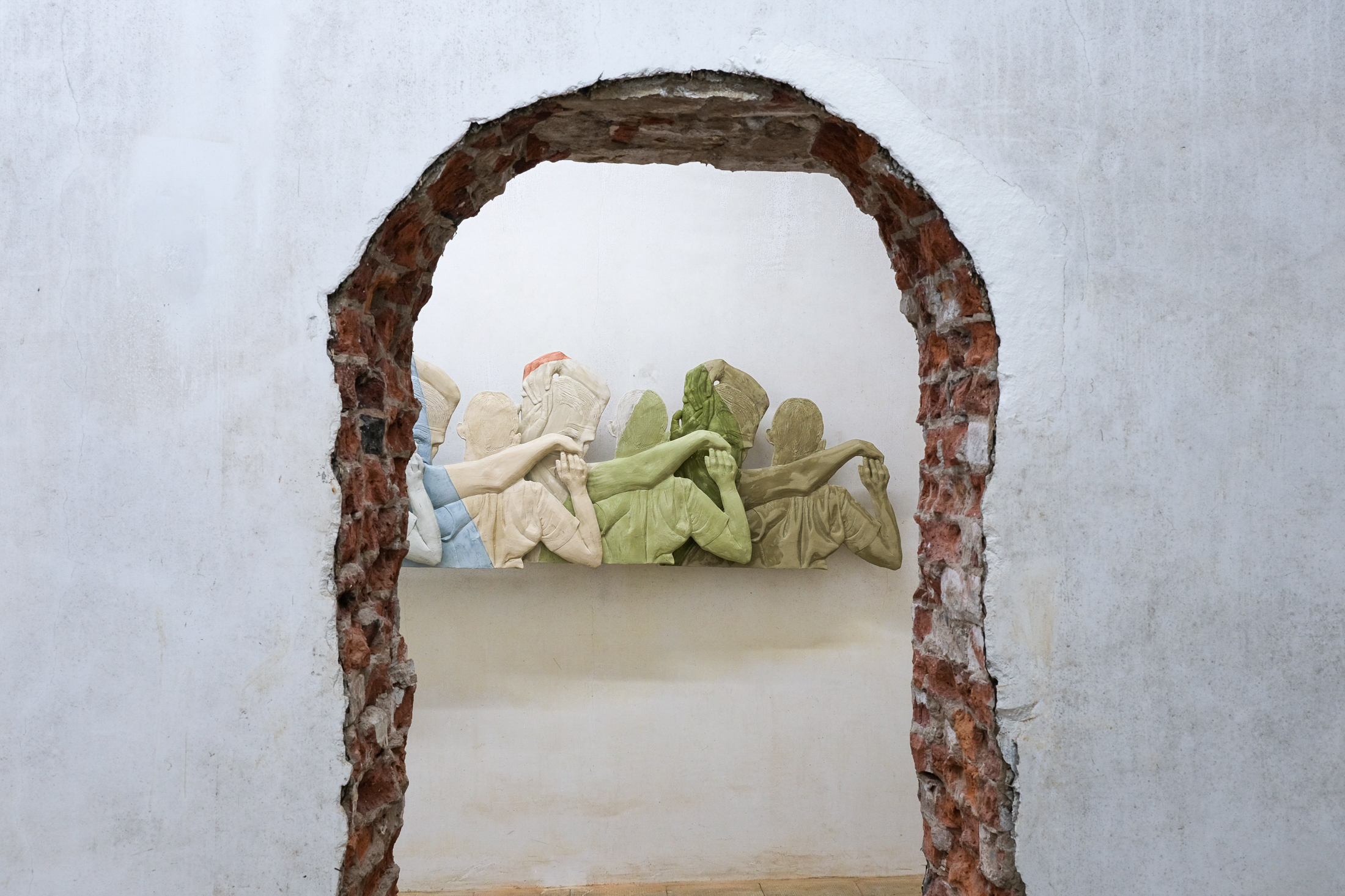
Advertisement
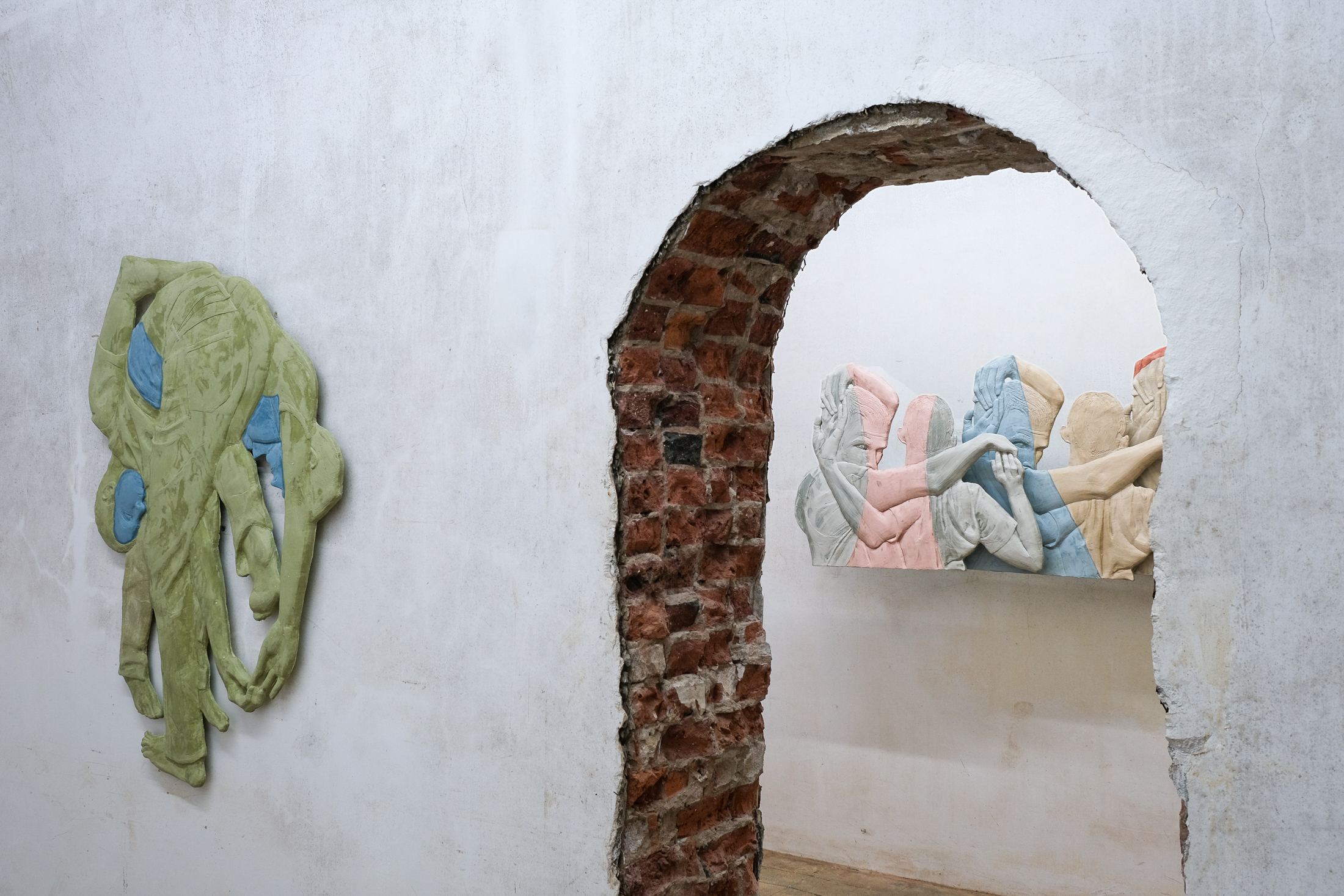
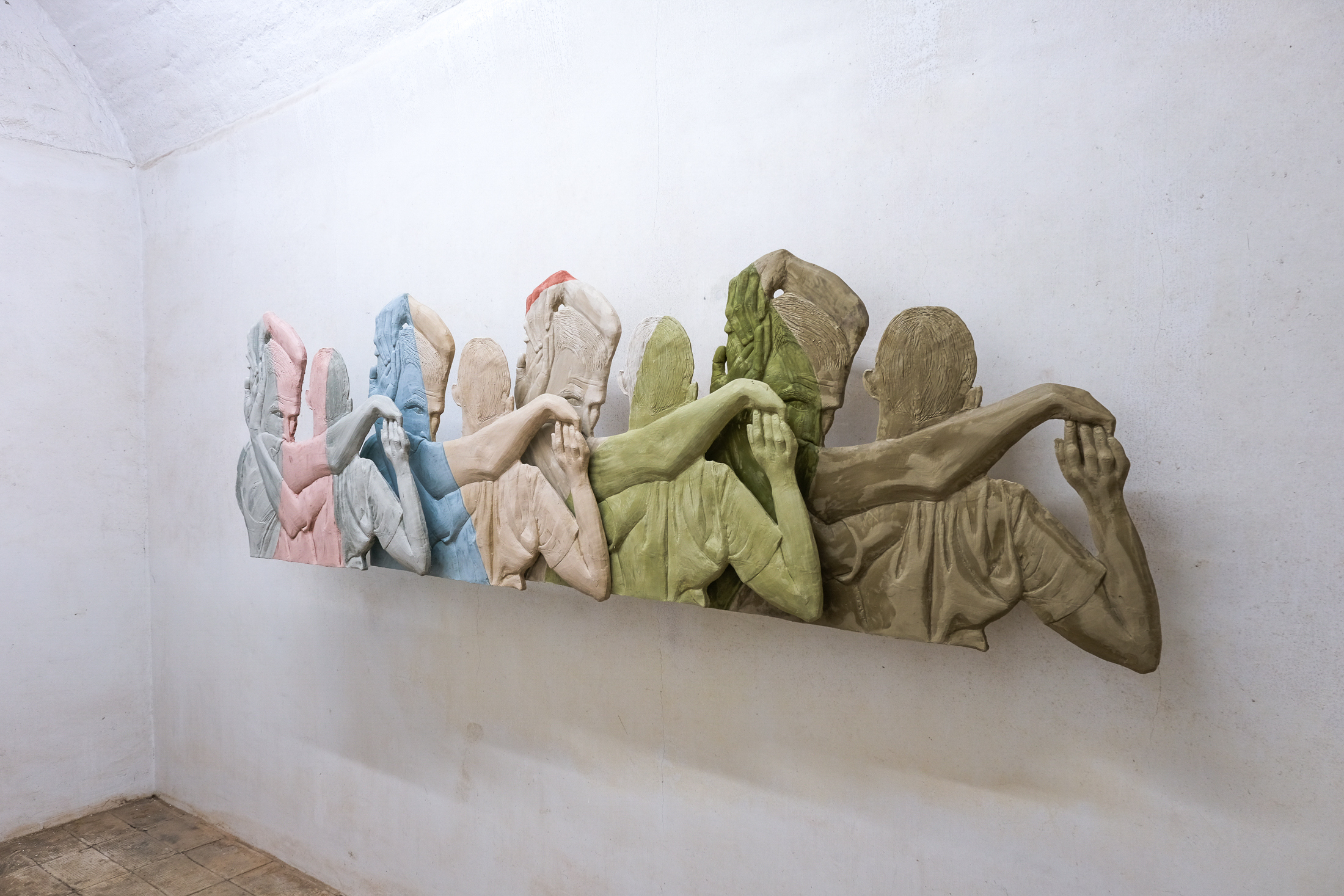
Take Yours and Give Me Mine, 2024 Aqua resin & pigment 34.5 x 112 x 6 inches
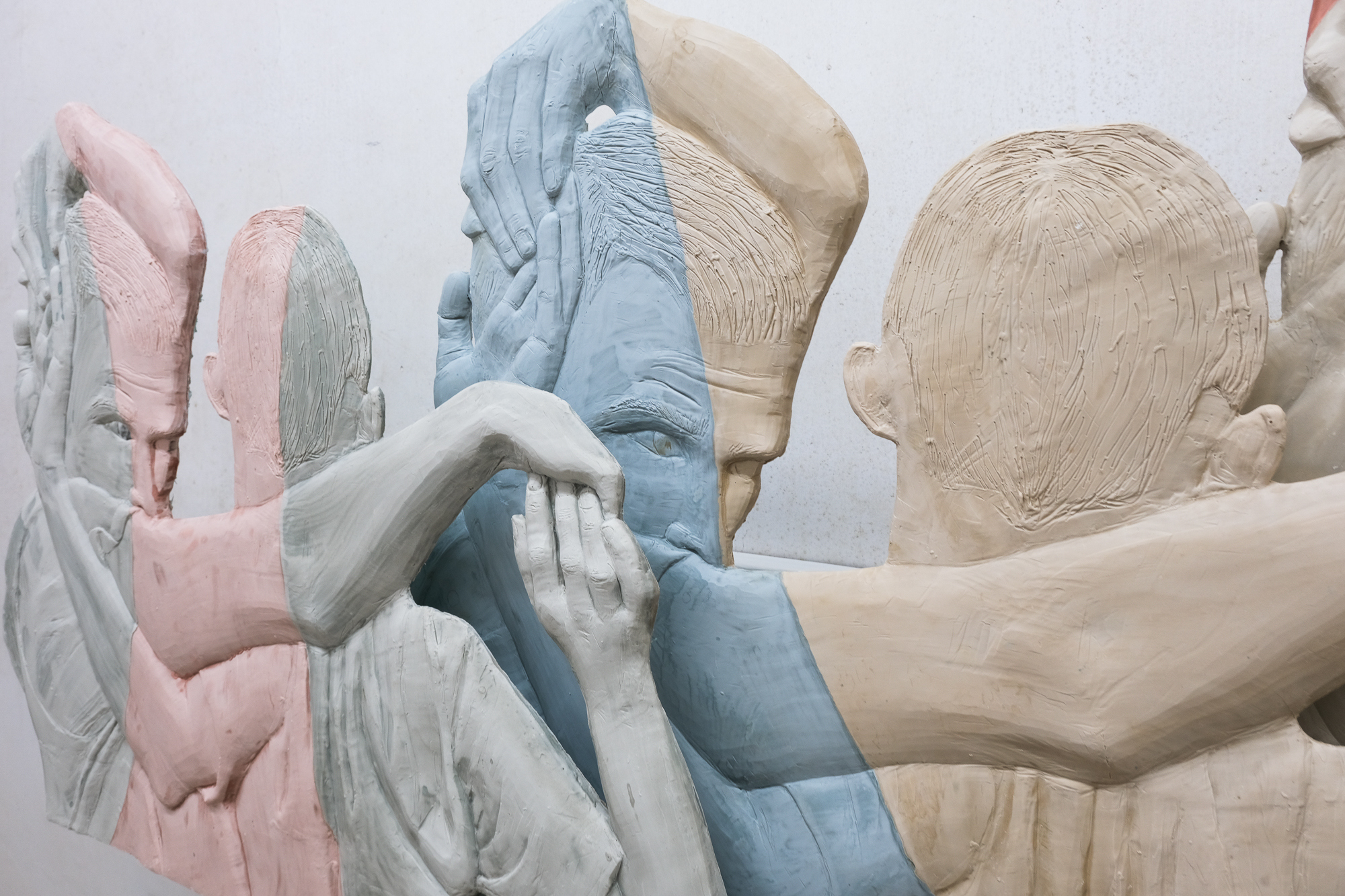
Take Yours and Give Me Mine (detail), 2024, Aqua resin & pigment, 34.5 x 112 x 6 inches

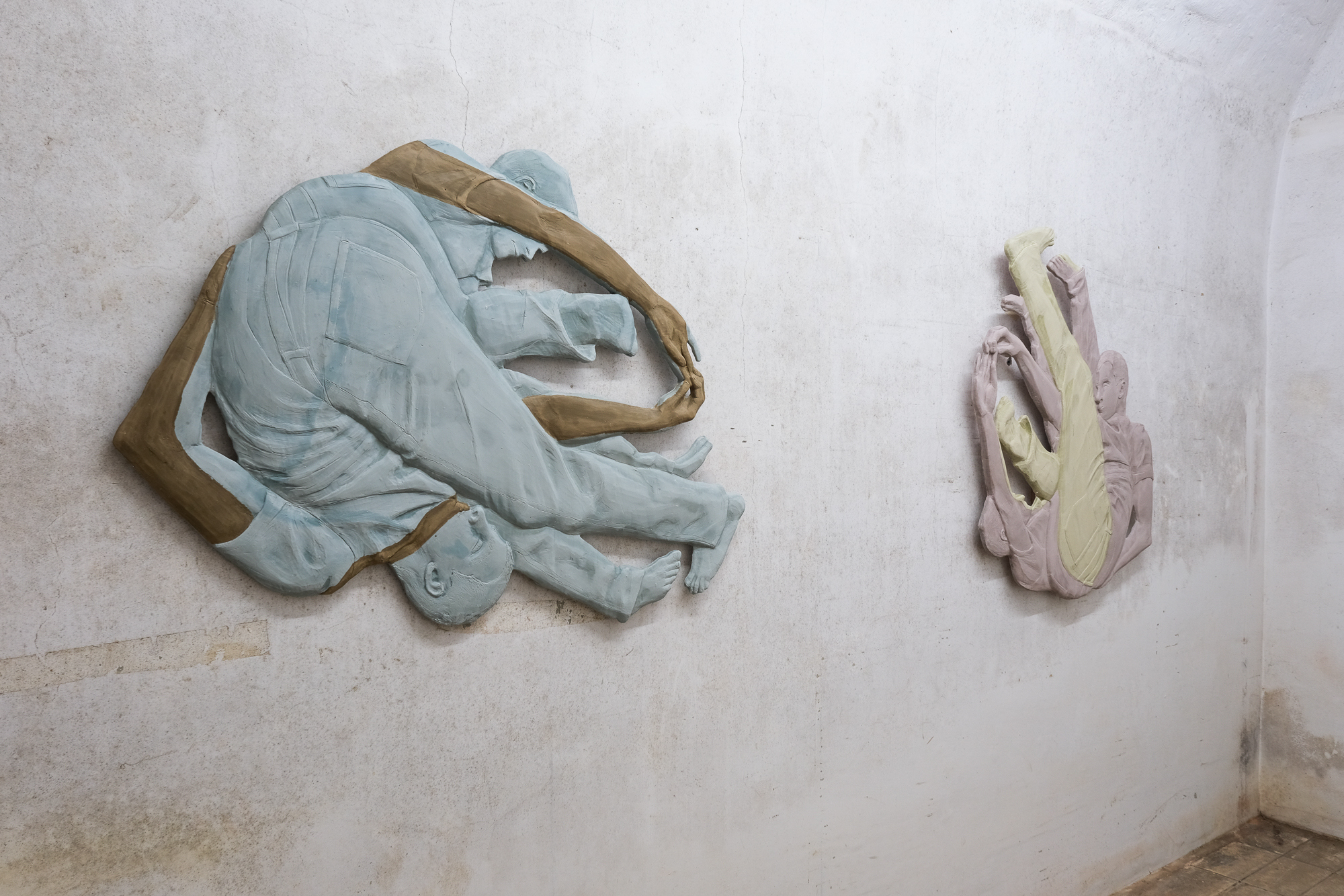

Duet - Large Intestine, 2024, Aqua resin & pigment 34 x 41.25 x 1 inches

Duet - Large Intestine (detail), 2024, Aqua resin & pigment 34 x 41.25 x 1 inches
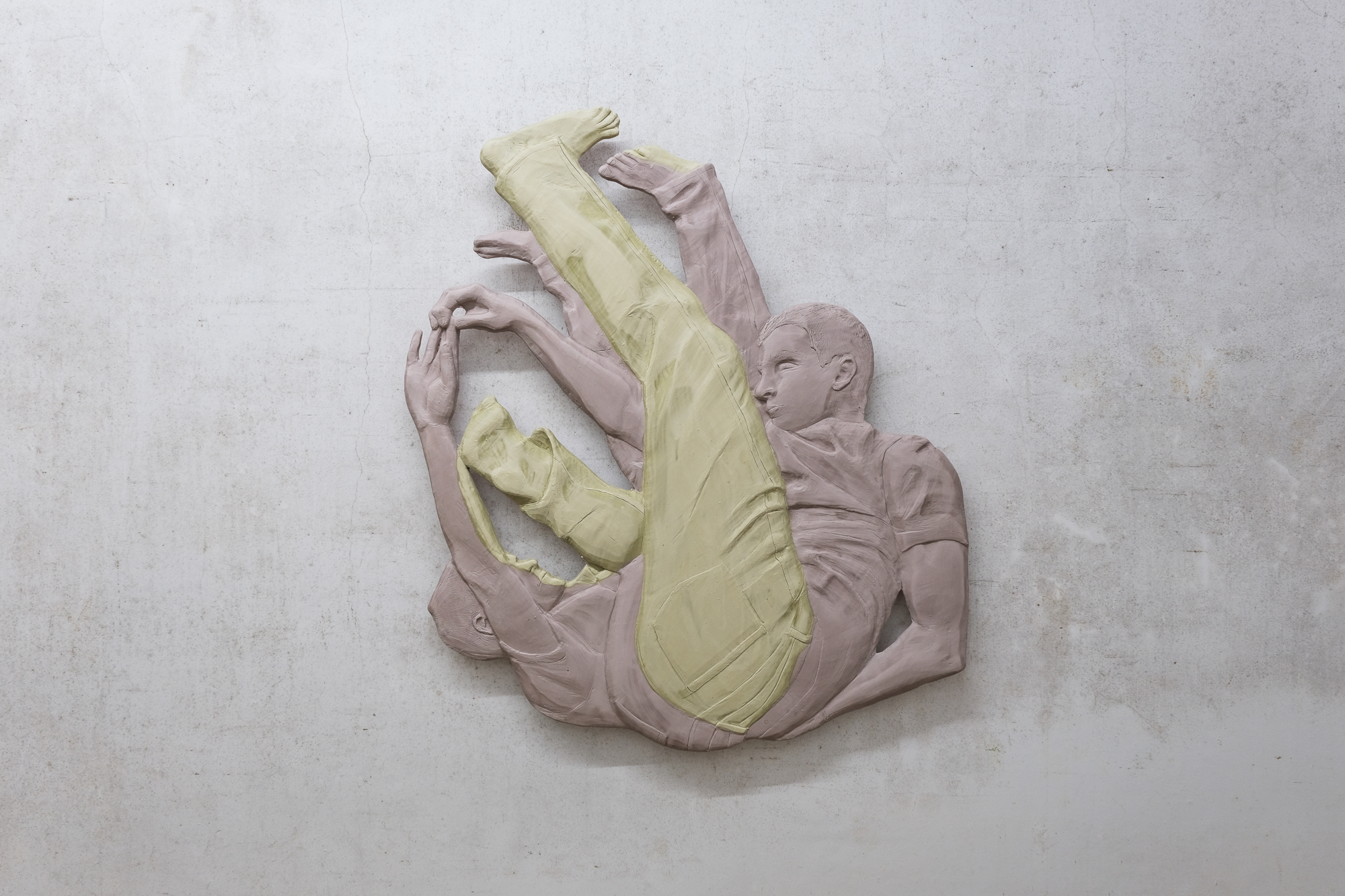
Duet - Spleen & Gonads, 2024, Aqua resin & pigment, 41.25 x 34 x 1 inches

Duet - Spleen & Gonads (detail), 2024, Aqua resin & pigment, 41.25 x 34 x 1 inches
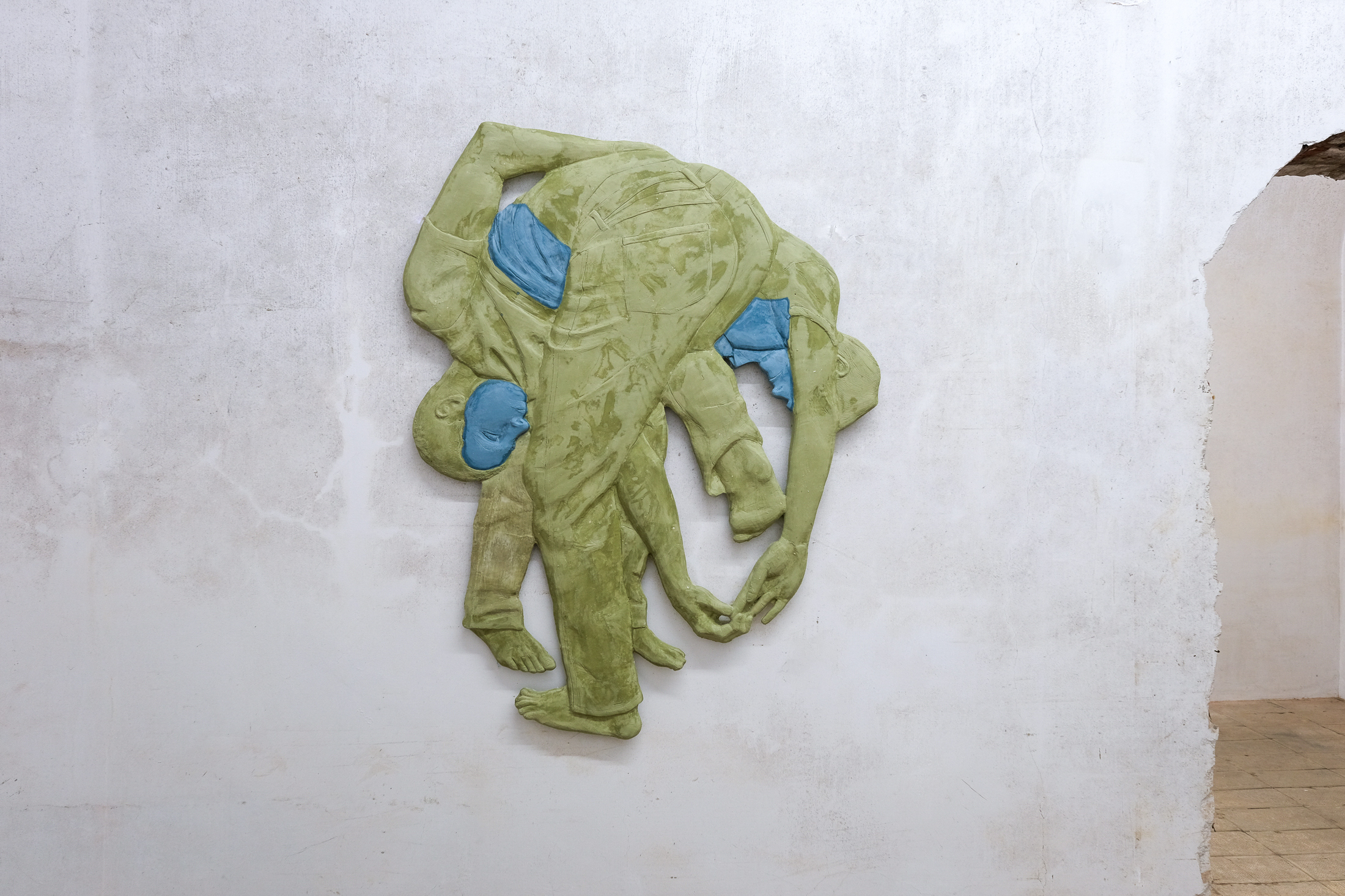
Duet - Heart & Lungs, 2024, Aqua resin & pigment, 41.25 x 34 x 1 inches

Untitled, 2024, Aqua resin & pigment, 26.5 x 34.5 x .75 inches
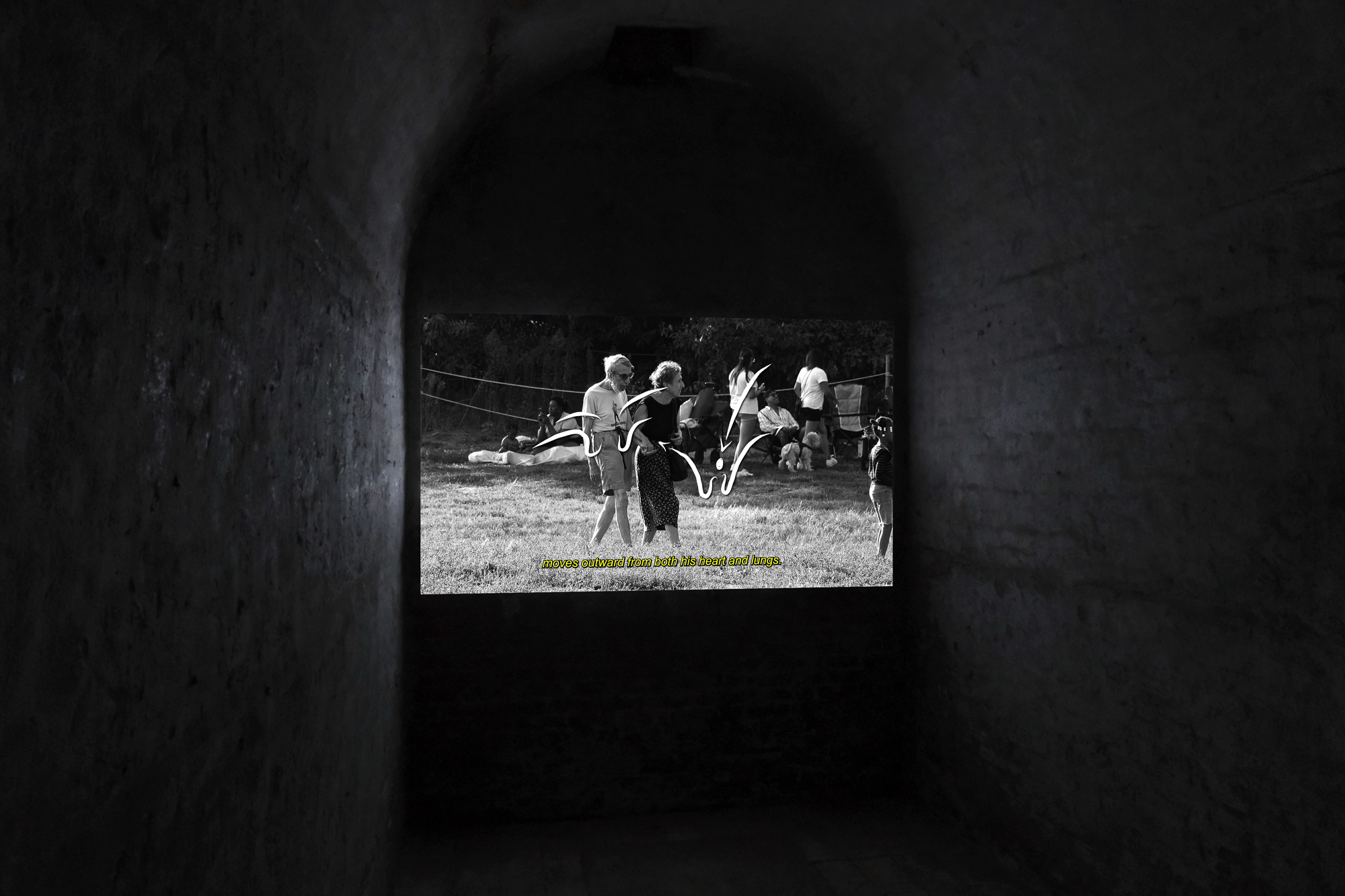
The Hurting Kind, 2022 (installation view), HD video with sound, 9:44
For her project for lower_cavity’s CHAMBER series, 'Take Yours and Give Me Mine,' Brooklyn-based artist Ellie Rae Hunter presents a new series of cast aqua resin reliefs alongside her 2022
video, “The Hurting Kind.” Informed by Hunter’s ongoing consideration of the way the body is
conceptualized—and objectified—across seemingly divergent paradigms of vision, both the video and reliefs emerge from the artist’s research into alternative, body-centered practices. In
particular, the project explores the semantic and visual systems of intuitive anatomy, a modality
that uses gesture, posture, and body language as a way of mapping and diagnosing internal
disorders and imbalances.
While neither an adherent or denier of the alternative practices she investigates, Hunter is
compelled by the notion that though they emerge in reaction to dysfunctional institutional
worldviews, such modalities often unconsciously reify the same hierarchical structures of
knowledge which they strive to reject or challenge. Across both her video and sculptural work, she attempts to unpack and explore the inherent contradictions of these alternative systems of belief. In a pair of connected chambers, Hunter presents a new series of reliefs that depict sets of doubled and repeated figures entwined in various orientations. Cast in muted pastel colors that overlap and confuse the boundaries between them, the sets of figures are difficult to differentiate from each other. As they tumble and repeat through space, it’s hard to tell whether they are engaged in some form of mutual assistance or conflict—or even whether they represent separate individuals. The overlapping colors suggest at once fields of energy connecting the figures and the informational overlays of medical diagrams. Drawn from illustrations found in intuitive anatomy texts, these sculptural works probe Hunter’s interest in the notion of our entanglement with a kind of shadow-self, an entity perhaps produced by the myriads of scrutinizing gazes to which we have become subject.
In Hunter’s video “The Hurting Kind,” documentary-style black and white footage of people in a
park is accompanied by the soothing voice of a somatic practitioner, who explains how analysis of an individual’s movements affords insights into the state of their mind and body. As the camera follows different individuals relaxing in the park, the disembodied narrator carefully correlates their physical posture to the activity of their internal organs, while graphic overlays map the energetic flows arising from the subjects’ psychological and physiological patterns as a diagnostic tool.
As this analysis proceeds however, the initially relaxing, new-age background music gradually
takes on a more discordant and synthetic quality. The narrator’s voice and the gaze become
increasingly mechanized and glitchy, confusing people with trees, walkways, and other objects in its field of view. The hand-drawn graphic overlays mapping flows of vital energy are stealthily
replaced by the luminous green squares of a movement detection-based surveillance system.
In its speculative conflation of holistic, body-centered vision with the non-human eye of data
collection and surveillance, “The Hurting Kind” suggests the inherent ambivalence of being a
subject of a visual regime that, intentionally or not, asserts authority through a system of
privileged knowledge. The wish to be seen in the particularity of one’s state of being—to not be
reduced to an aggregate of data, whatever model of understanding that data is organized and
categorized within—remains unfulfilled.




